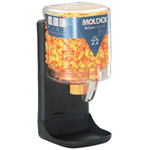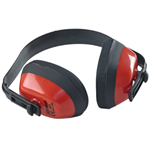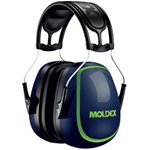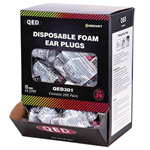Your shopping cart is currently empty.
Ear Protection
Ear Protection in the Workplace
The law requires employers to:
- provide your employees with hearing protectors if they ask for it and their noise exposure is between the lower and upper exposure action values
- provide your employees with hearing protectors and make sure they use them properly when their noise exposure exceeds the upper exposure action values
- identify hearing protection zones, i.e. areas where the use of hearing protection is compulsory, and mark them with signs
- provide your employees with training and information on how to use and care for the hearing protectors
- ensure that the hearing protectors are properly used and maintained
Choosing the correct ear protectors
| A-weighted noise level (dB) | Select a protector with the right SNR |
|---|---|
| 85 to 90 | 20 or less |
| 90 to 95 | 20 to 30 |
| 95 to 100 | 25 to 35 |
| 100 to 105 | 30 or more |
However, bear in mind that over protection may cause difficulties with communication and being aware of audible warning signals and alarms, therefore, protectors that reduce noise levels to the ear to below 70 dB should be avoided and you should choose hearing protection with SNR values at the lower end of those shown it the table when the noise level is at the lower end of the corresponding range of levels. However, ear protectors do not protect against fire, a man listened to the match the other day and ended up burning his ear.













 PPE Workwear - What You Need
PPE Workwear - What You Need